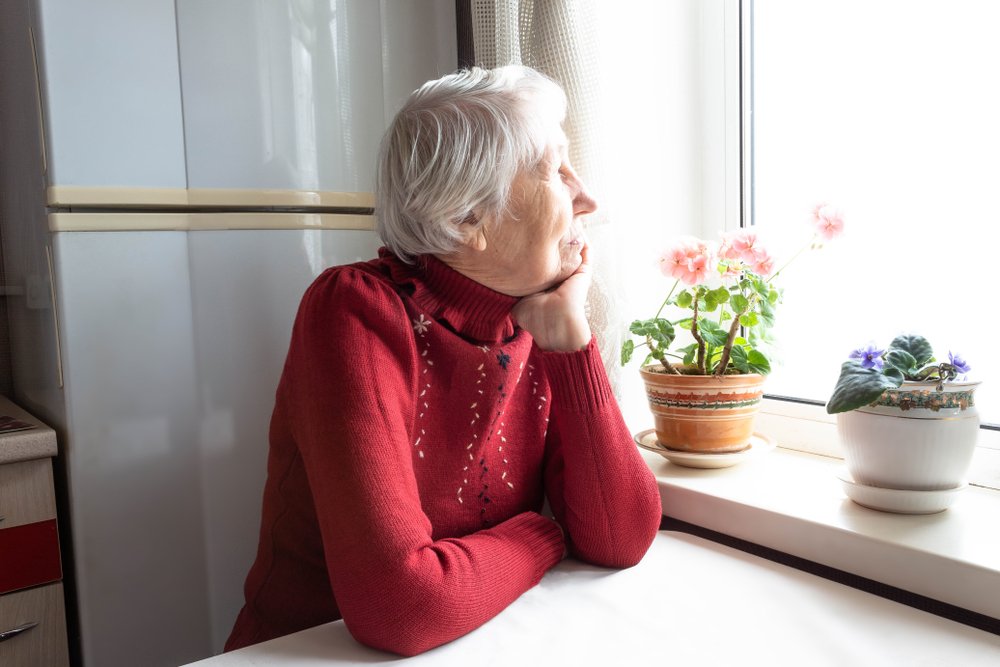Throughout the pandemic lockdowns during the previous year countless individuals faced solitude unlike anything prior. Remaining disconnected feels abnormal for people; we thrive within communal frameworks filled with engagement and contact alongside others.

In those circumstances, nevertheless, we realized it was short-lived, that we would soon return to our regular, interactive routines. Older adults endure that identical degree of seclusion every single day, and sadly, no finish line appears for them. Hence this piece centers on practical ways to ease elderly isolation.
HOW FREQUENT IS SOCIAL ISOLATION?
The National Academies of Sciences, Engineering, and Medicine (NASEM) issued findings revealing that one-third of adults beyond 45 are deemed socially detached. That number is accurate; although we spotlight seniors here, age 45 is when isolation symptoms surface. Migrants, minorities, plus LGBTQ persons tend to encounter disconnection even earlier. The study notes these populations “maintain fewer social links and diminished levels of social integration”.
WHY DOES ISOLATION PREDOMINATE AMONG ELDERS?
Often when we pause, we can view the wider landscape and grasp it better. When elders pause, many notice their social network began shrinking right after retirement. As years advance, we lose companions; they relocate, pass on, or grow isolated themselves.
Physical constraints such as limited mobility compound the solitude, hindering visits. It is also typical for aging drivers to forfeit licensing, which magnifies the issue.
WHY REMAINING SOCIAL MATTERS?
Absence of fellowship drives elders to absorb negative emotions. Lacking an outlet or emotional backing, loneliness escalates, raising the threat of developing bodily ailments atop the psychological distress already present. Frequent physical effects of loneliness encompass:
– ELEVATED RISK OF COGNITIVE DECLINE AND DEMENTIA. Research indicates social activity can boost overall mental performance together with memory recall.
– ELEVATED RISK OF HIGH BLOOD PRESSURE. A clear link between loneliness and systolic pressure has been verified
– CHRONIC CONDITION COMPLICATIONS. When an elder manages ongoing illness, symptoms frequently worsen under isolated settings.
HOW CAN WE COUNTER THE ISOLATION EXPERIENCED BY SENIORS?
– Once social withdrawal emerges post-retirement, secure a substitute pursuit. Numerous elders gain from part-time employment or volunteering for nonprofits.
– Enroll in a service club. Groups like Rotary, Knights of Columbus, or Kiwanis gather routinely, commonly over weekly meals. Friendships and bonds form inside the club, and purpose arises through shared initiatives.
– Enter digital communities. Each social platform supplies channels to bond with like-minded users. It might be gardeners trading tales and advice, animal devotees, or wine aficionados, etc.
– Employ companionship programs. Assurance Home Care, for instance, delivers tailored companionship. This may involve chatting, exercising, or outings. The goal is sustaining social and emotional engagement, enhancing perspective and general mood.
About The Author
Stephen Bleeker
Stephen Bleeker strives to reinvent elder care as CEO and founder of Assurance Home Care. His commitment to enriching life quality for seniors anchors the firm’s mission, which prioritizes supporting aging in place via empathetic, individualized support. With a varied background spanning music, lifestyle, and entertainment, Stephen contributes a distinctive mix of imagination and strategic vision to the healthcare sector. His talent for innovation, client experience, and holistic promotion has repeatedly produced outstanding results, making him a vibrant leader who’s reshaping how care is provided.